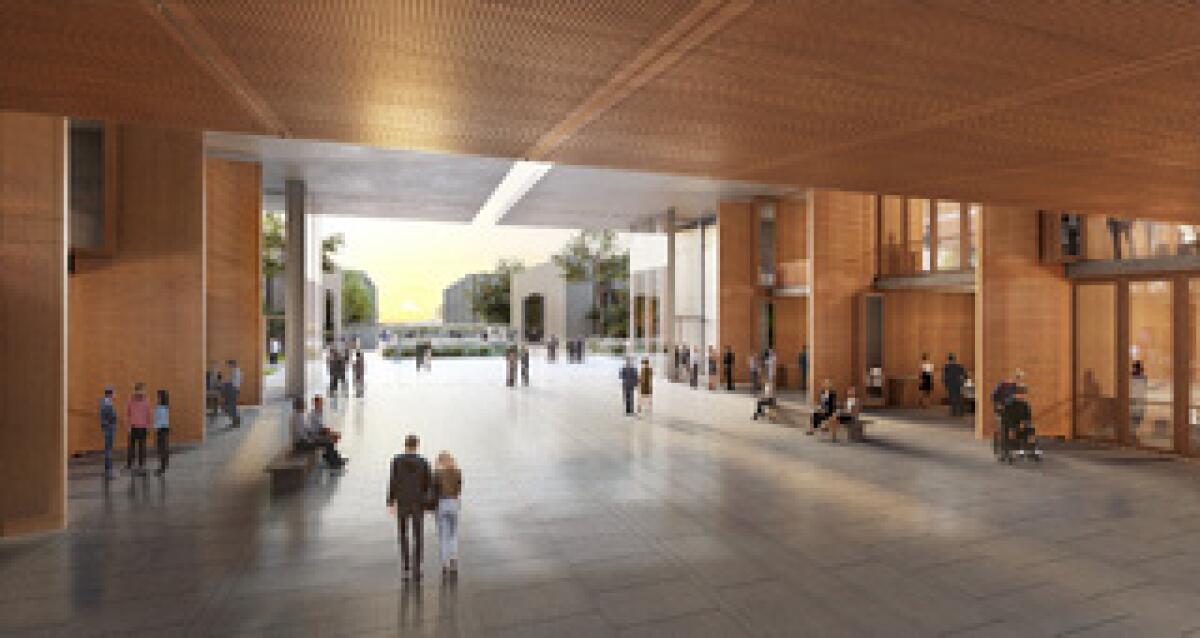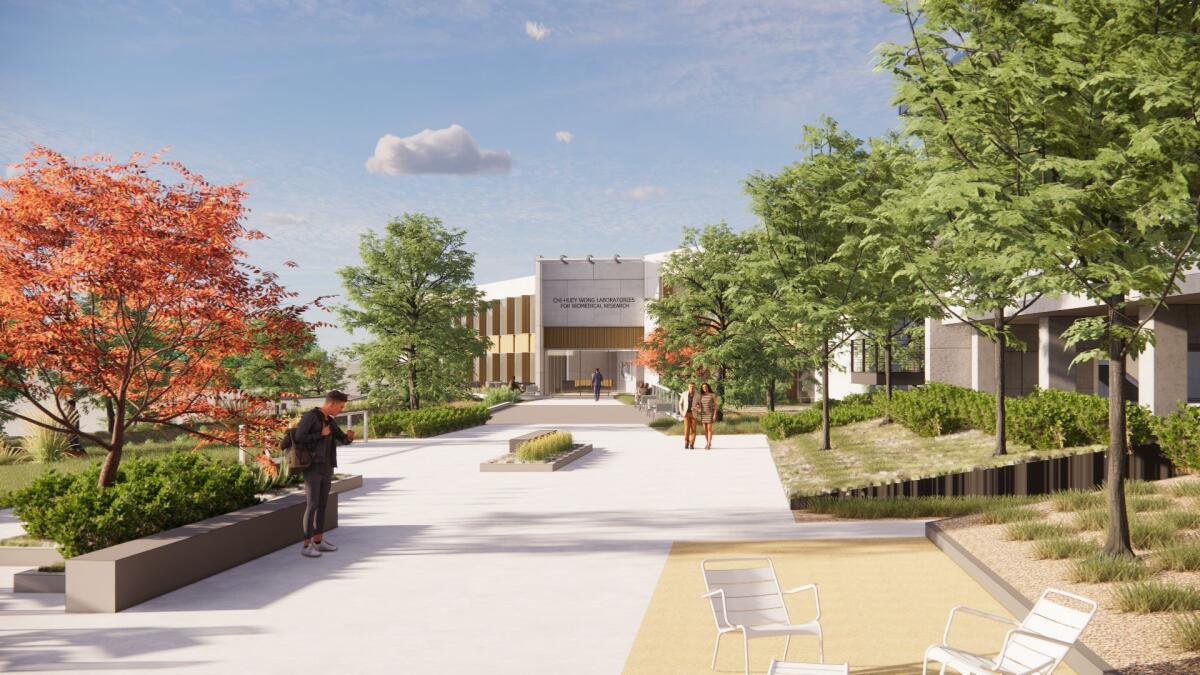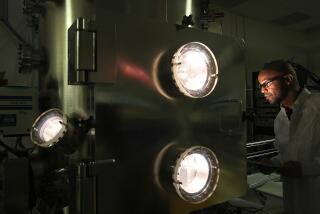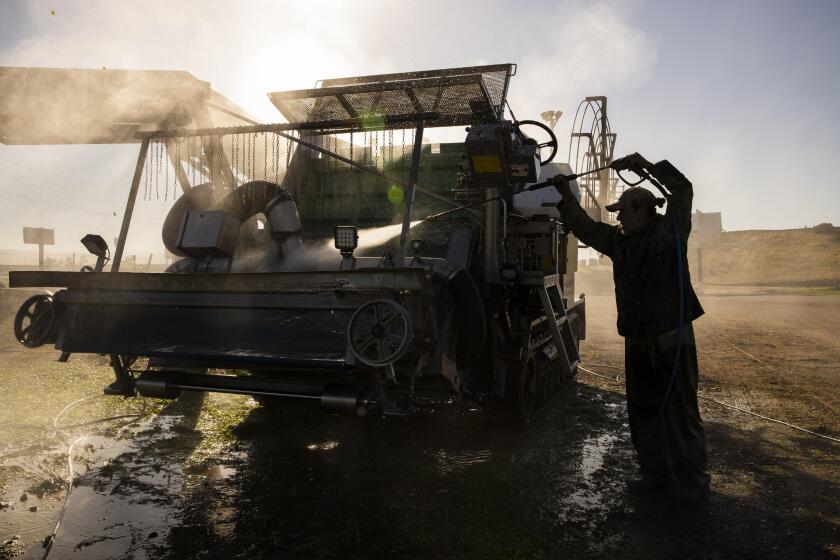Salk Institute, Scripps Research expansions promise new San Diego life sciences boom

The Salk Institute and Scripps Research, a pair of private San Diego science centers known globally for their breakthroughs in areas such as cancer and COVID-19, will undergo major expansions, stoking the region’s already thriving life sciences industry.
Both plan to develop large new research buildings in what could become a flood of growth. Their neighbor, UC San Diego, is trying to raise millions to build a home for the new Wertheim School of Public Health as well as another standalone biomedical lab complex.
The four projects would probably cost up to $800 million and would help cement San Diego’s standing as the third-largest life sciences cluster in the U.S., based on data from real estate brokerage CBRE.
Scripps Research will be the first to put a shovel in the ground. It will start building a $100-million laboratory and parking complex in La Jolla in November.
The center will reinforce Scripps’ “bench-to-bedside” approach to science. The goal is to more quickly turn basic discoveries made in the lab into new drugs and therapies. The institute already has a company, known as Calibr, that develops drugs.

The new building is meant to expand on the sort of partnerships that have occurred between Calibr and Scripps neuroscientist Ardem Patapoutian, who shared this year’s Nobel Prize in physiology or medicine for helping to discover cell receptors that enable people to sense heat, cold, pain, touch and sound.
Patapoutian’s basic research shows great promise in aiding drug development.
“These new facilities, purpose-built to integrate our excellence in foundational science with cutting-edge translational research and drug discovery, are emblematic of Scripps Research’s new model of seamlessly merging translational and basic science,” Peter G. Schultz, chief executive of Scripps, said in a statement.
The new Scripps building also will have a specialized lab facility used for infectious disease drug discovery and pandemic preparedness. The institute has been doing a lot of work related to COVID-19 vaccines and antiviral drugs.
Nearby, the Salk Institute is beginning a $500-million fundraising campaign to help pay for a new Center for Science and Technology, as well as an expansion of its faculty and staff.
The center, which will cost roughly $250 million, will focus on Salk specialties, including cancer, aging, neurodegenerative diseases, climate change, plant biology and computational biology.
The institute hasn’t assigned labs yet. But the center could become home for Tony Hunter, the Salk biochemist whose research helped lead to the creation of the important anti-cancer drug Gleevec. Hunter last week celebrated his 50th anniversary of working at the Salk.
The institute bears the name of the late Jonas Salk, who developed the first effective vaccine against polio in the 1950s.
The fundraising campaign “will take the Salk to a whole different level in science, providing space for research that we are desperate to do,” said Steven Johnson, a Salk spokesman.
The new building will be a short distance from the Salk’s twin laboratory towers and central courtyard. This will be the first large addition to the Salk since 1995, when the institute added what is now known as East Building.
The expansion will benefit the economy of Greater San Diego, said Lynn Reaser, an economist at Point Loma Nazarene University.
“Because life sciences depends critically on basic research, the expansion of these two facilities represents good news,” Reaser said. “The field provides potential solutions to some of the most pressing problems of our time, including health, climate, environment, energy and the food supply.”
Life science research and development is a major driver of the San Diego economy, directly employing more than 72,000.
“Including all of the multiplier or ripple effects, the total impact on the region last year amounted to 178,000 jobs and $47.8 billion in total business sales,” Reaser said.
More to Read
Start your day right
Sign up for Essential California for news, features and recommendations from the L.A. Times and beyond in your inbox six days a week.
You may occasionally receive promotional content from the Los Angeles Times.







